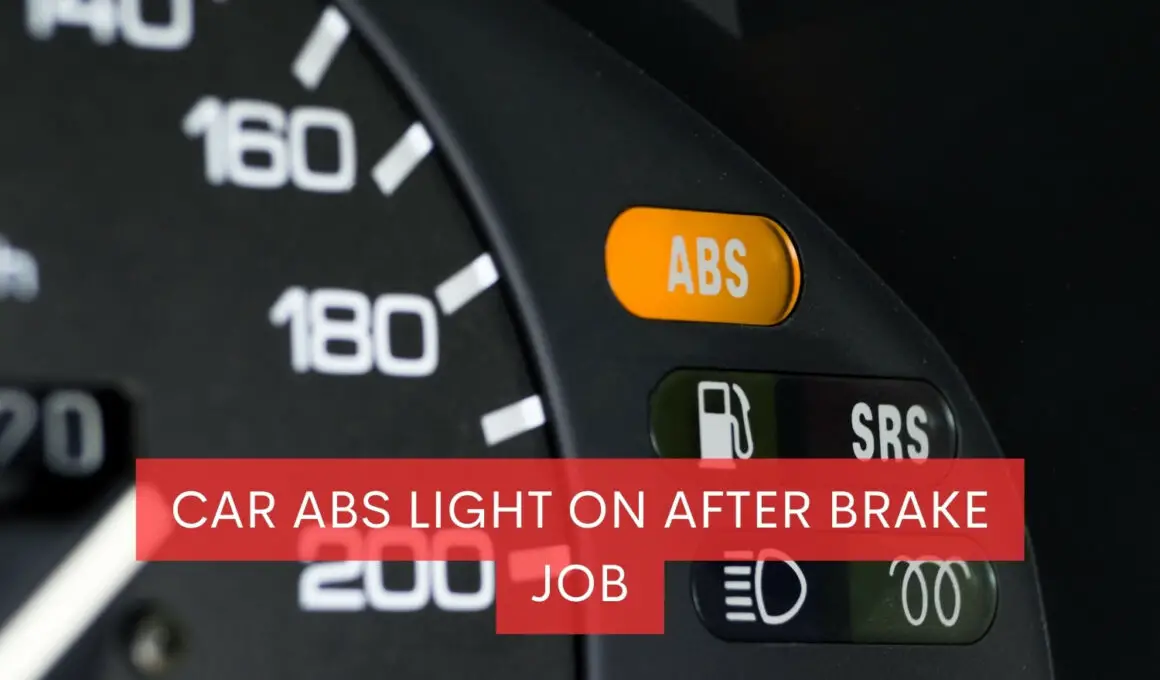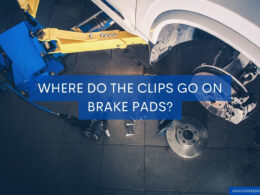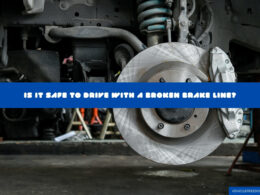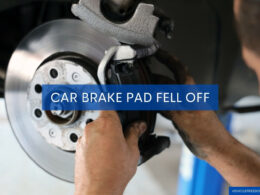In This Article Show
Did you know that the health of your vehicle’s Anti-lock Braking System (ABS) is just as crucial as the engine’s performance or the tires’ condition? Picture this: you’ve just gotten a brake job done on your car, and to your surprise, you notice the ABS light glaring at you from your dashboard. What could possibly have gone wrong?
This article delves into how the ABS on your car works, helping you understand why the ABS light might come on after a brake job and how to handle the situation effectively.
The safety and well-being of you and your passengers rely heavily on the optimal functioning of your car’s ABS. It’s vital to recognize when something isn’t right and know how to fix it or seek professional help.
This article gives a surface-level overview and a deep dive into the possible causes and corresponding fixes when your ABS light comes on after a brake job. By the end of this guide, you will be well-equipped to identify and handle any ABS light issues that follow a brake job.
What Is ABS? (Anti-lock Braking System)
The Anti-lock Braking System, popularly known as ABS, is a safety feature in vehicles that prevents the wheels from locking up or skidding during braking.
In other words, ABS allows drivers to maintain steering control while braking, reducing the risk of uncontrolled skidding, particularly on slippery surfaces.
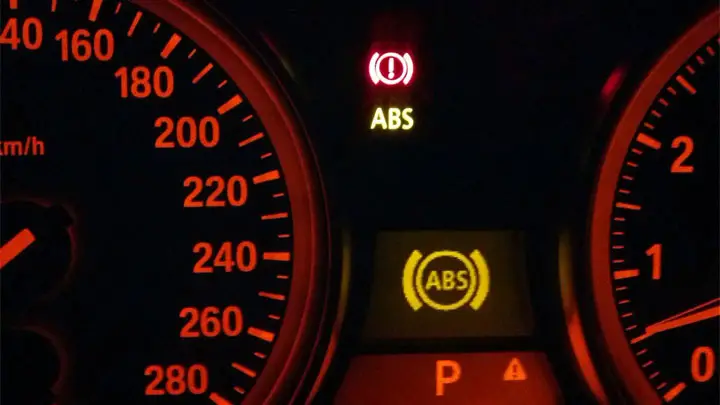
Understanding The ABS Light Indicator
The ABS light is a warning signal on your dashboard designed to alert you when there’s an issue with your vehicle’s Anti-lock Braking System. This light typically illuminates in two scenarios: when you start the car (a self-check by the system) and when the system detects a problem.
If the ABS light stays on after starting your car and driving, it’s indicating a problem with the ABS.
This doesn’t mean you’ll lose all braking capabilities, but it does signify that the anti-lock feature may not work as intended. This is why addressing the issue when the ABS light remains on, particularly after a brake job, is critical.
Why Your ABS Light Might Be On After A Brake Job
A brake job is a routine part of vehicle maintenance. However, if not done correctly, it can sometimes lead to complications, including your ABS light staying on. Here’s why this might happen:
The ABS relies heavily on a range of components working harmoniously together. When you get a brake job done, these components can sometimes be disturbed, or new parts may not function correctly with the existing system.
Physical damage, improper installation, or incorrect brake fluid levels could cause the ABS light to illuminate.
Common Causes of ABS Light Being On After a Brake Job
Understanding why your ABS light might stay on after a brake job involves identifying potential issues within key components of the braking system. Here are the most common causes:
1. Faulty Wheel Speed Sensor
Wheel speed sensors are a crucial part of your vehicle’s ABS. These small devices, typically located near the brakes, read the speed at which each wheel is rotating and send this information to the ABS Control Module.
If a sensor is damaged or faulty, it might not send accurate signals, leading the system to believe there’s an issue, causing the ABS light to turn on. Damage could occur due to corrosion, exposure to dirt or debris, or physical damage during the brake job.
Faulty sensors can also result from electrical issues like short-circuiting or wire disconnections.

2. Incorrect Brake Fluid Levels
The brake fluid is a non-compressible substance that translates the force from your foot on the brake pedal into pressure that stops the wheels. If the brake fluid level is too low, it can cause a drop in the hydraulic pressure, compromising the overall braking performance and possibly triggering the ABS light.
On the other hand, overfilled brake fluid reservoirs can also lead to problems. It expands when the brake fluid gets heated (which naturally happens during braking).
If there’s too much fluid, it may not have enough room to expand, potentially causing damage to the brake system, including the ABS.
3. Damaged ABS Module
The ABS module, often referred to as the ABS control unit, is the command center of your ABS. It interprets signals from the wheel speed sensors and controls the pressure applied to each brake to prevent wheel lockup.
If the module suffers physical damage or an electrical fault, it may fail to perform its duties, causing the ABS light to stay on.
Damage to the module can occur due to faulty installation, corrosion, or electrical issues such as short circuits or wire damage. Sometimes, software issues can also cause the ABS module to malfunction.
4. Improper Brake Job
An improperly executed brake job could be a potential reason for your ABS light coming on. This could be a result of several factors.
For instance, if the brake parts aren’t installed correctly, they may not function as intended, triggering the ABS light. Using incorrect or incompatible brake parts can also lead to similar issues.
For instance, if the brake pads used are not the correct type for your vehicle, they may not interact properly with the rest of the braking system. Lastly, if any debris or foreign materials get into the brake system during the job, it could cause the ABS light to come on.
Understanding these potential causes in detail can help you better diagnose and address any issues with your ABS light after a brake job.
How to Diagnose an ABS Light Issue
Knowing the possible reasons behind an illuminated ABS light is helpful, but understanding how to diagnose the issue is crucial. Here are some steps to help you identify the problem:
- Check the ABS Light Pattern: Some vehicles have an ABS light that blinks in specific patterns, each representing a different code for a specific problem. Check your vehicle’s manual to see if this applies and what the patterns mean.
- Scan for Error Codes: Invest in an OBD-II scanner to read ABS codes. Plug the scanner into your car’s OBD-II port and switch on the ignition. The scanner should show any error codes related to the ABS system.
- Inspect the Brake Fluid Levels: Check the brake fluid reservoir to ensure it’s not under or overfilled. The fluid level should be between the “MIN” and “MAX” lines on the reservoir.
- Check the Wheel Speed Sensors: Inspect the wheel speed sensors for any signs of damage or disconnection. If you have the technical skills, you can also use a multimeter to check the sensor’s resistance and compare it with the standard values from your vehicle’s manual.
- Inspect the ABS Module: Check the ABS module for any signs of physical damage, loose connections, or corrosion. Taking your vehicle to a professional might be best if you suspect a software issue.
- Evaluate the Brake Job: Review the brake job if you did it yourself or have it inspected by another mechanic. Look for incorrectly installed parts, wrong part types, or any other discrepancies.
While you can do some of these checks yourself, others might require a professional mechanic. Don’t hesitate to seek professional help if you’re unsure about any steps or if the ABS light stays on after your checks and attempts to fix the issue.
Fixes for When Your ABS Light Comes on After a Brake Job
Once you’ve diagnosed the problem, you can move on to the corresponding fixes. Here’s what you can do based on the common causes we’ve discussed:
1. Replacing Faulty Wheel Speed Sensors
If a wheel speed sensor is the culprit, the most straightforward solution is to replace it. This task can be accomplished with some basic tools and a new sensor, which can be bought online or at an auto parts store.
Make sure to buy a sensor compatible with your vehicle’s make and model. If you’re uncomfortable doing this yourself, a professional mechanic can handle it.
2. Correcting Brake Fluid Levels
If the brake fluid level in the reservoir is either too low or too high, you’ll need to adjust it. If it’s too low, add the appropriate type of brake fluid (as specified in your vehicle’s manual) until it reaches the correct level.
If it’s overfilled, use a clean turkey baster or a similar tool to remove excess fluid carefully. Always remember to clean the area around the reservoir cap thoroughly before opening it to avoid getting dirt or debris in the brake fluid.
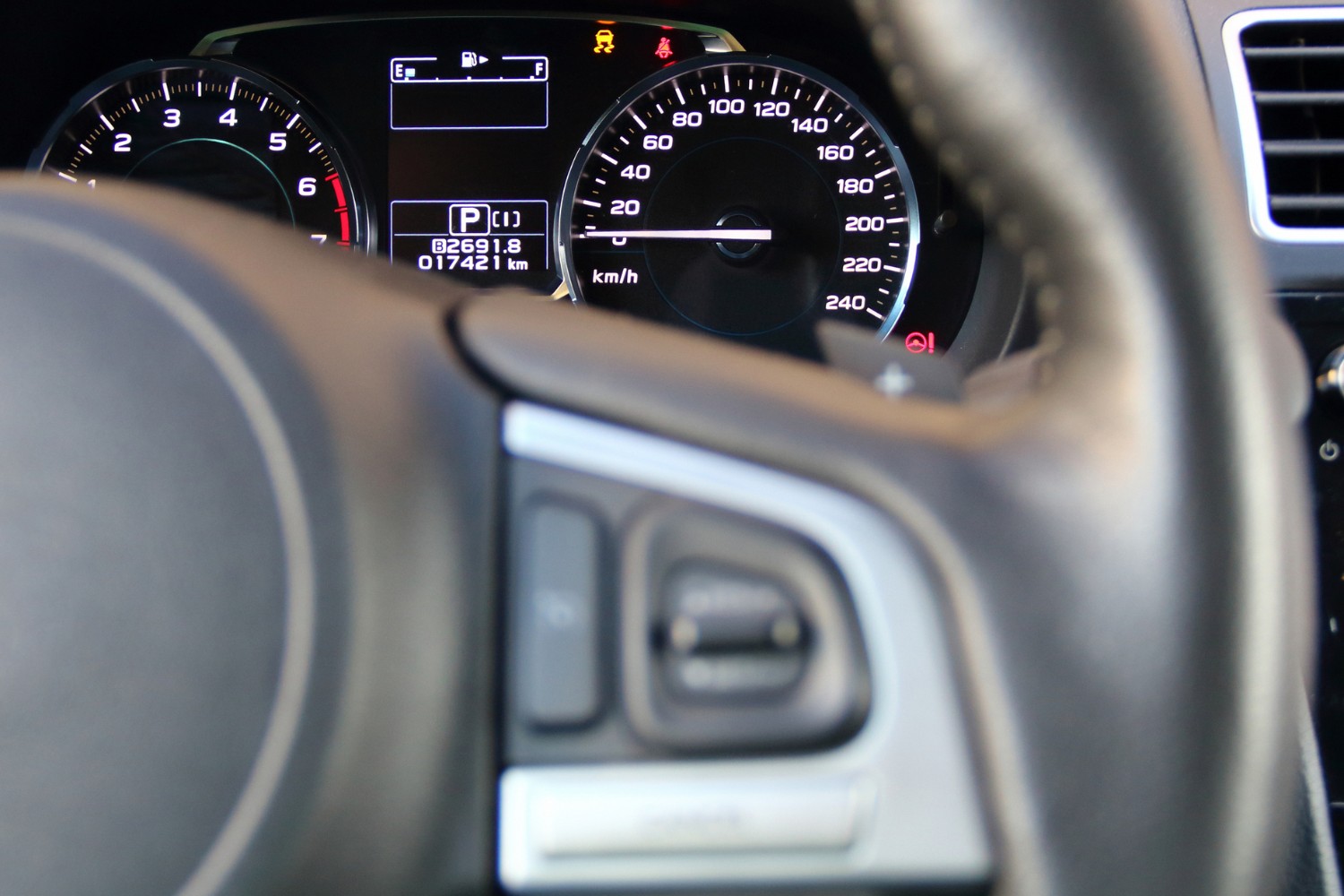
3. Repairing/Replacing the ABS Module
If you find a physical or electrical fault in the ABS module, you might be able to repair it. However, if it’s severely damaged, corroded, or the software is corrupted, you may need to replace the module. This task is typically quite complex and is best left to professionals.
4. Proper Brake Job Procedure
If the ABS light came on due to an improperly done brake job, you’ll need to correct the mistakes made. This could mean reinstalling parts correctly, replacing incorrect or incompatible parts, or thoroughly cleaning the brake system to remove any debris.
Depending on the specific issue and your level of technical skills, you might be able to handle these tasks yourself, but don’t hesitate to take your vehicle to a professional if needed.
Wrapping it up
Understanding why your ABS light may come on after a brake job and knowing how to address it is essential for any vehicle owner. Not only does this knowledge enhance your vehicle’s safety, but it also empowers you to handle minor issues independently, potentially saving you time and money.
We’ve journeyed through what ABS is, the function of the ABS light, and the possible reasons behind its illumination after a brake job. More importantly, we’ve explored how to diagnose these issues and the appropriate fixes for each.
However, always remember that while some fixes can be done with moderate automotive knowledge, others might require professional assistance. Never compromise your safety for the sake of self-reliance. If you’re unsure about any steps, don’t hesitate to seek professional help from your mechanic.






